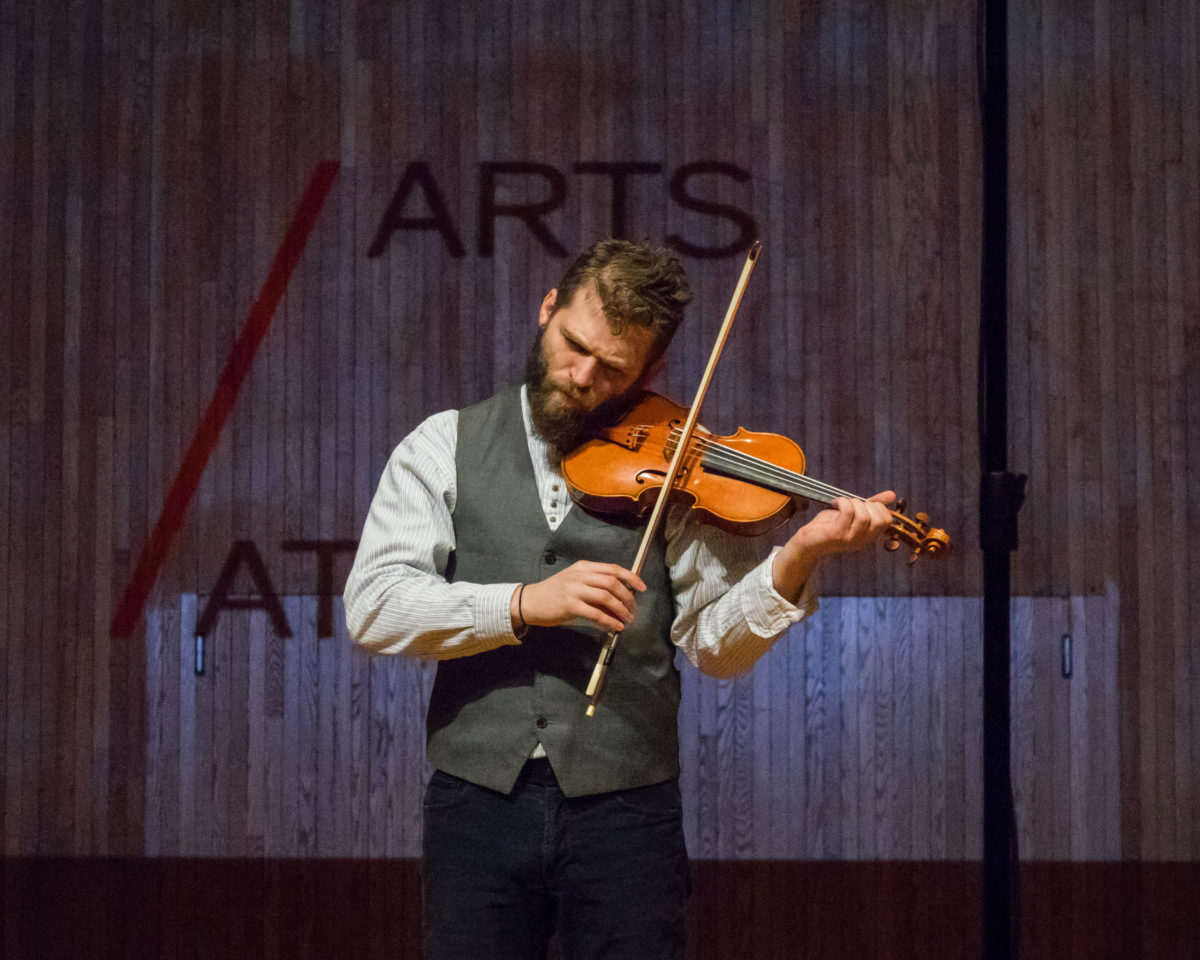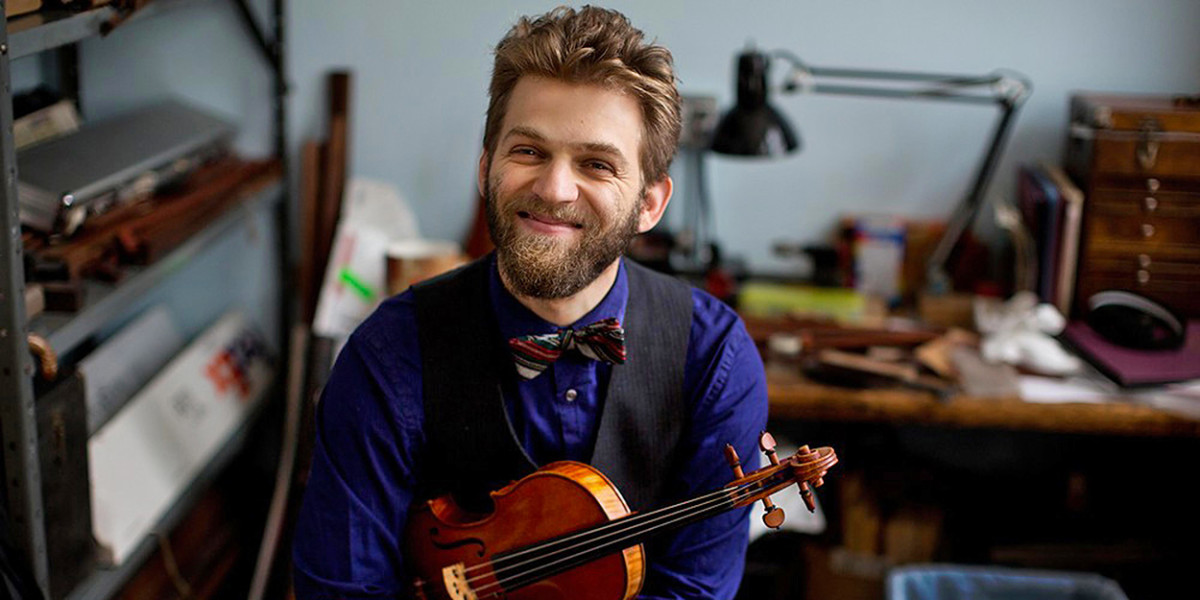JS Bach: Complete Cello Suites
Johnny Gandelsman, violin
February 8, 2020 / 7:00pm
Kresge Auditorium, MIT Building W16
48 Massachusetts Avenue, Cambridge, MA
Following up on his celebrated debut recording of JS Bach’s Sonatas and Partitas, Grammy award-winning violinist and producer Johnny Gandelsman (Brooklyn Rider, Silkroad Ensemble) returns to MIT with his new project, presenting Bach’s complete cello suites on the violin.
Part of the MIT Sounding series
In the Baroque period, the viola da gamba inspired a substantial repertoire of unaccompanied pieces. Its unfretted younger cousin, the cello, did not; at least until J. S. Bach (1685-1750) composed his magisterial six suites for the instrument. When exactly, why, and for whom did he compose these suites? No one knows. Stylistic evidence suggests that they were composed by 1720 at the latest: the known date of Bach’s other senza basso masterpieces, the Sonatas and Partitas for solo violin.
Like the Partitas, the cello suites follow the pattern of an introductory Prelude preceding a series of stylized versions of once-familiar 17th– and 18th-century dances. Though written for a single instrument, their innate linear nature is transformed through a sort of musical prestidigitation into rich polyphonic constructions that amaze both by their technical ambition and expressive power.
The existence of several manuscripts (none, unfortunately, in Bach’s hand) tells us that the cello suites had a certain currency in the 18th century. They awaited publication until the Bach Revival of the Romantic era, but were largely relegated to a role as technical etudes until the advocacy of the beloved Catalan cellist Pablo Casals enshrined them as foundations of the modern concert repertoire.
So why would Johnny Gandelsman, celebrated for his mastery of the Sonatas and Partitas, decide to play the cello suites on the violin? But is this even a valid question? After all, Bach was an inveterate rearranger and repurposer of his own music. If an oboe concerto can metamorphose into one for harpsichord, or a German cantata movement find a new home in a Latin Mass, why not play the cello suites on the violin? Certainly, I know that I am eager to hear them, and I suspect that a certain Leipzig cantor would be as well.
Written by Charles Shadle



